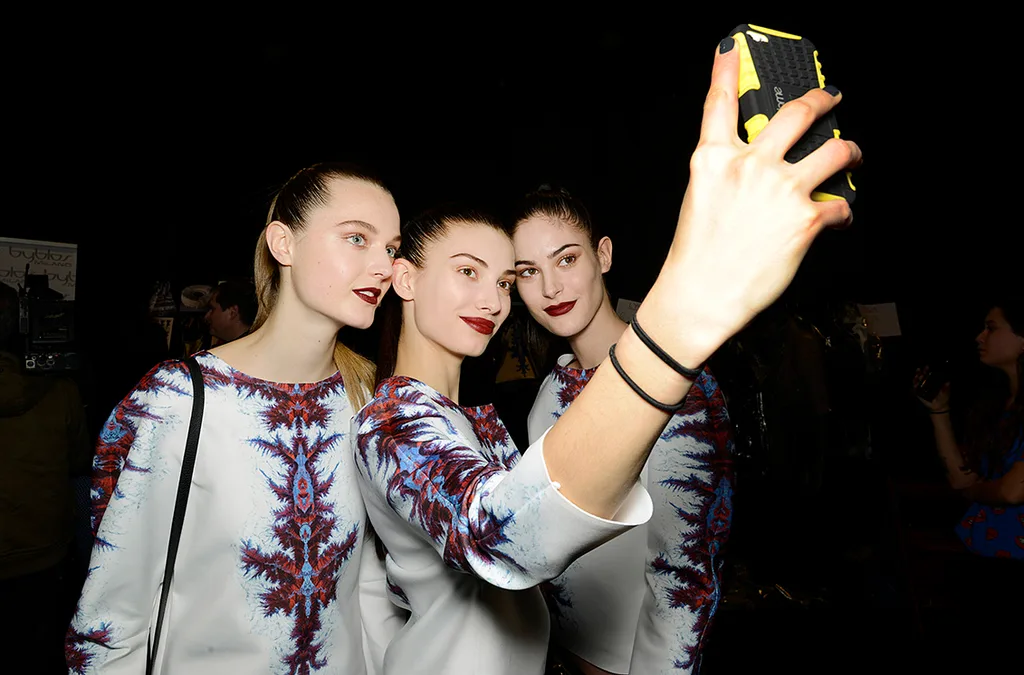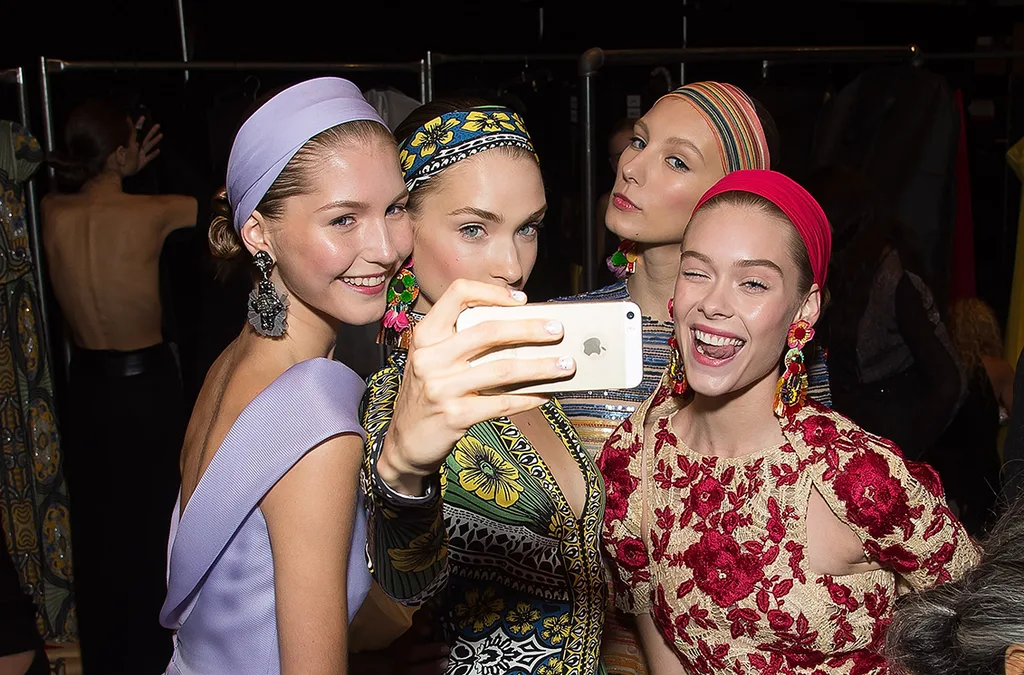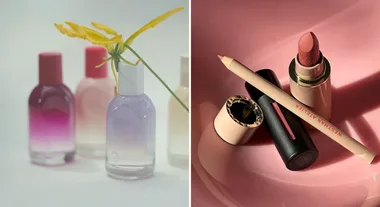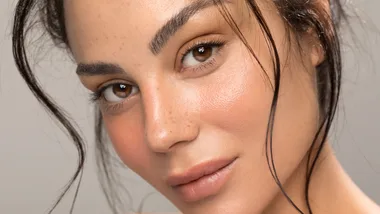The modern-day rule is: if it’s not on Instagram, it didn’t happen. But new research suggests our selfies could be doing us more harm than good, with reports that high-energy visible (HEV) light can penetrate and damage our skin. The Skin Hospital’s head of research and clinical trials, associate professor Pablo Fernández-Peñas, and dermatology researcher Dr Charlotte Thomas explain how your gadgets could cause accelerated ageing, breakouts, macular degeneration and more – and how to combat the effects.
A quick refresher on the light spectrum: visible light makes up nearly half the energy emitted from the sun, and HEV light is the blue/violet part of the visible light spectrum. While the sun is our main source of this blue light, the display screens of our tablets, smartphones, computers and televisions also emit significant amounts, and the impact of this exposure may be considerable for a generation of tech addicts.
We know exposure to invisible ultraviolet (UV) radiation from the sun can lead to DNA mutation and skin damage; now researchers are investigating if visible light is harmful as well. Some claim the HEV light emitted from our devices is similar to (or even worse than) UV rays, and leads to ageing through free radical damage.

The evidence for this is limited, and scientists don’t believe HEV alters your DNA. Some basic studies have shown that HEV light could lead to pigmentation with a darkening effect in the short-term, but the mechanism underlying this is not clear and research is ongoing, so it’s too early to definitively say HEV light has a significant impact on the skin.
But wait … because there is evidence from other areas of medicine that suggests heavy use of devices has a negative impact on our health. For example, using a tablet or smartphone just before going to bed can disrupt our sleep cycle, lowering melatonin levels and elevating cortisol, which degrades collagen. There’s also evidence that HEV light plays a role in eye diseases, such as macular degeneration.

More food for thought
A study published in the Journal of the American Academy of Dermatology in 2015 showed the UV dose measured on a mannequin was greater when a tablet or smartphone was placed in front of it. This shows we might be increasing the UV dose to our faces and necks if we use these devices outside, due to reflected UV light.
Pressure from holding a mobile to your ear can lead to ear cartilage inflammation called chondrodermatitis nodularis helicis.
In rare cases, resting your laptop on your lap for prolonged periods can lead to a net-like rash on your thighs.
“Tech neck” describes what happens when you constantly look down at your device. The skin around the neck becomes loose and leads to neck folds.
Repetitive facial movements (such as squinting at a screen) can lead to wrinkles.
You may see breakouts on the “phone” side of your face, which makes sense when you consider the claims made by a microbiologist that our phones house more bacteria than a toilet seat.

While we wait for science to determine if our tech is ageing us, here’s three ways to protect yourself right now:
- Blue-light filter apps maintain good screen clarity while reducing the amount of blue light reaching your eyes.
- Keep a microfibre cloth or wipes handy so you can regularly clean your smartphone and tablet screens.
- Antioxidants help neutralise free radical damage and SkinCeuticals C E Ferulic, $214, is a beauty editor favourite.
This article originally appeared in the April 2017 issue of marie claire.










